The automation, monitoring, incident response pattern
Fully Automated MLOps

Arturo Opsetmoen Amador
Senior Consultant - Machine Learning
What is a software design pattern?
$$
A general, reusable solution to a commonly occurring problem...
$$
$$
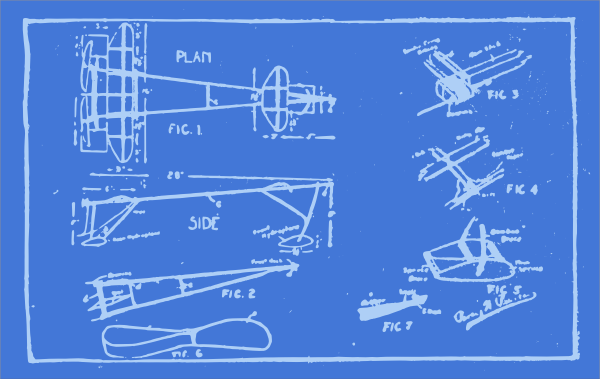
Automate, monitor, respond
$$
$$

- Improves the reliability of the ML systems we design
Three examples of a design pattern in MLOps
$$
- Automated Model Retraining
- Model Rollback
- Feature Imputation
$$
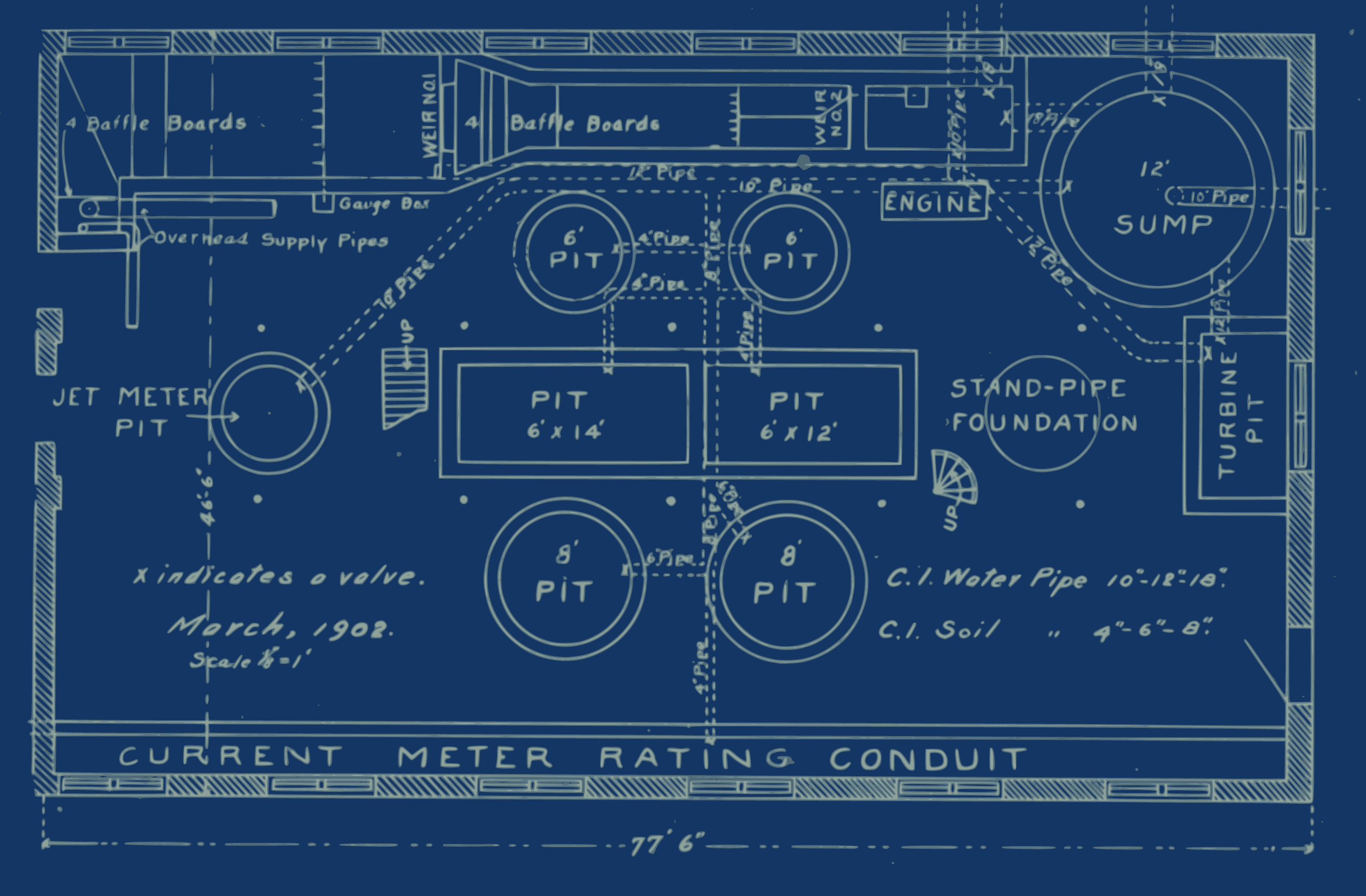
1. Automated model retraining
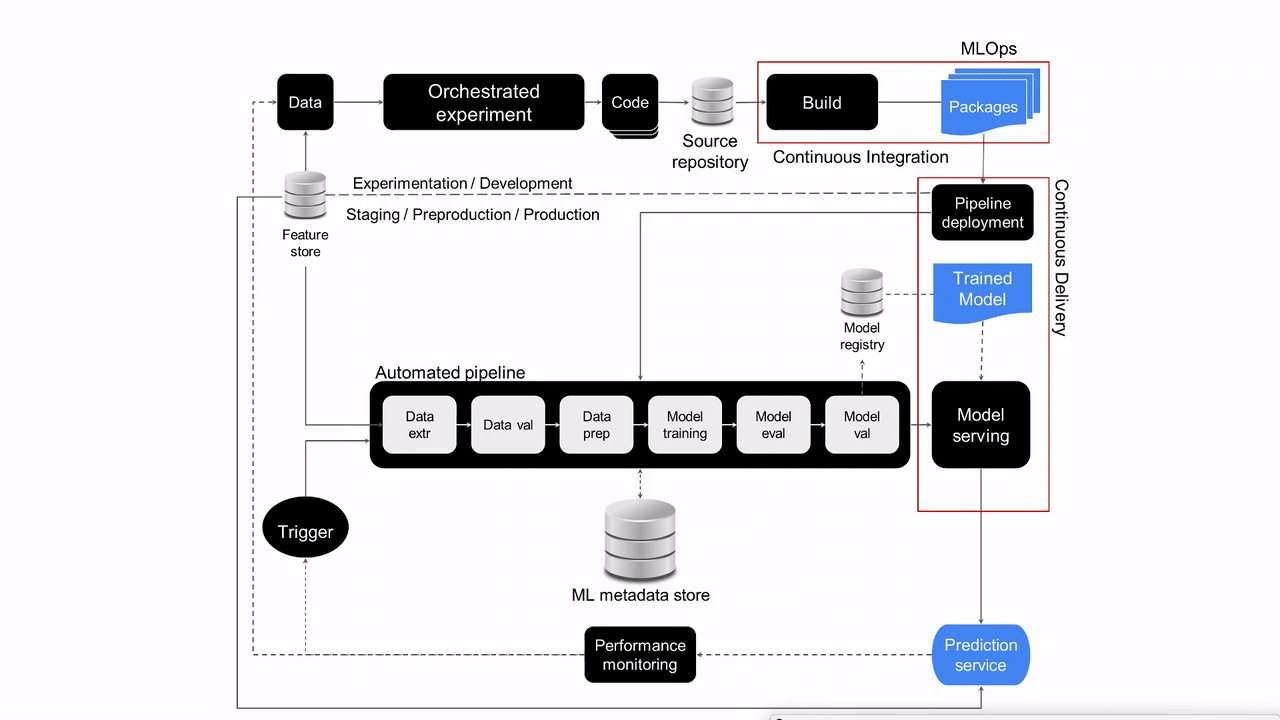
1. Automated model retraining - running predictions
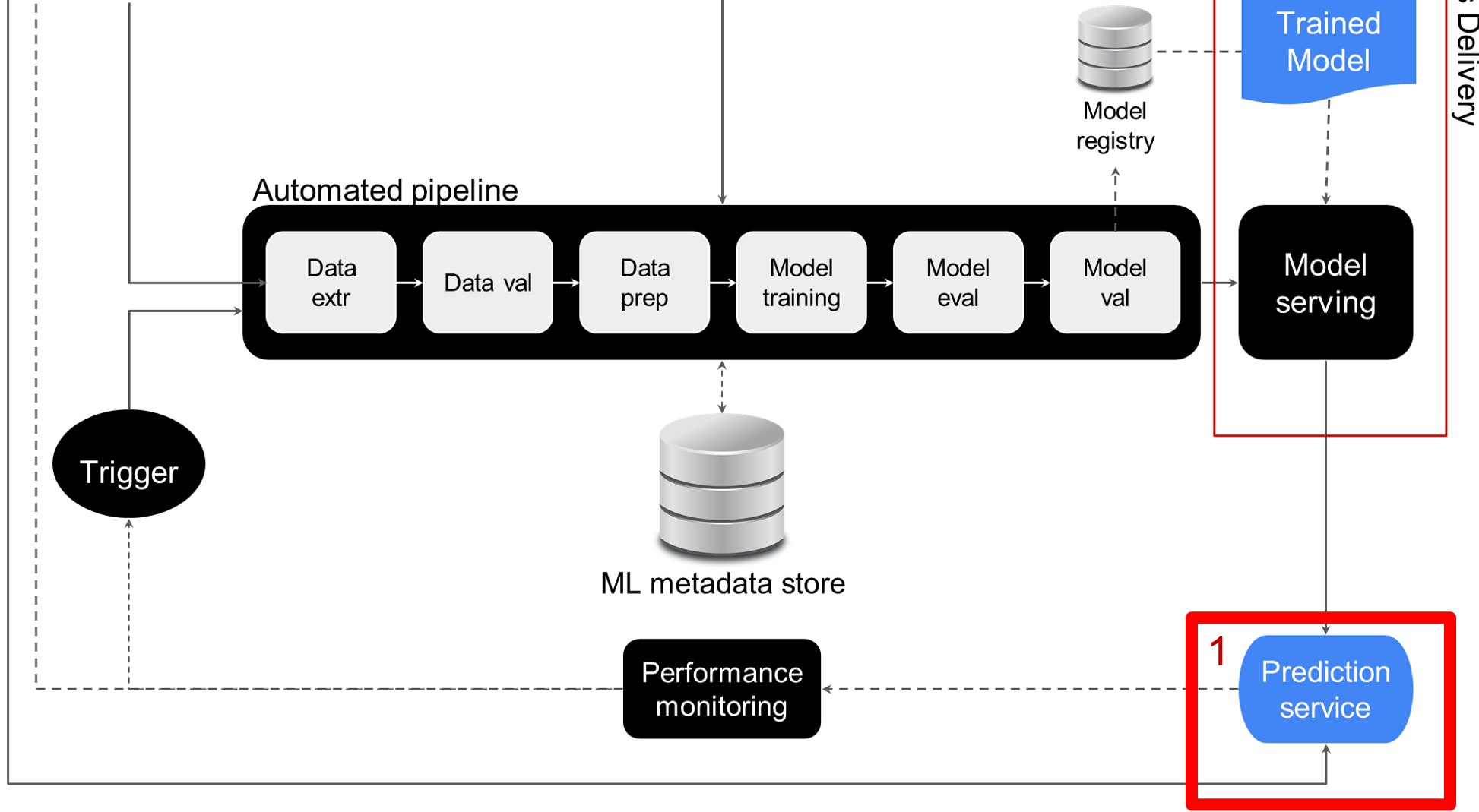
1. Automated model retraining - Monitoring
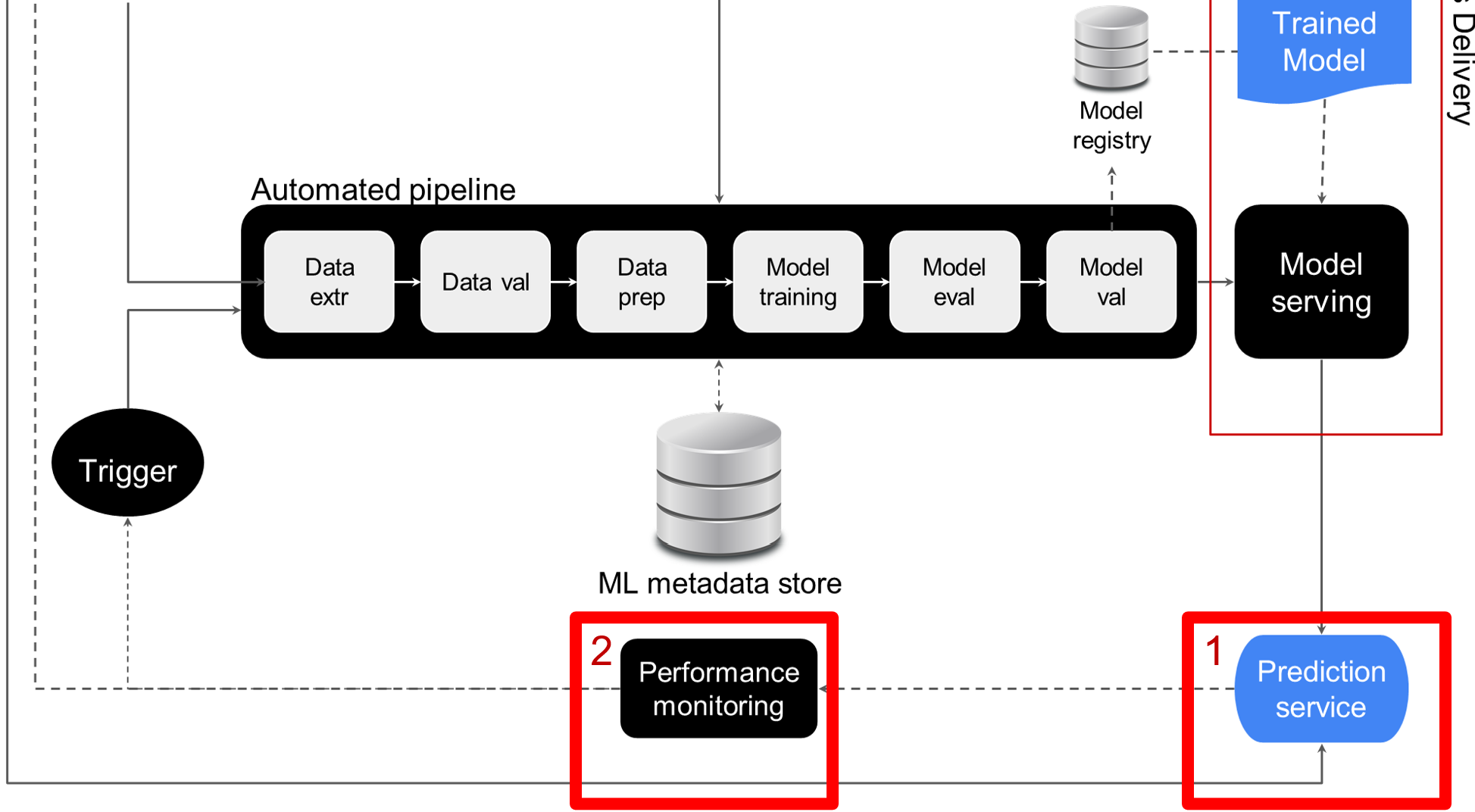
1. Automated model retraining - Trigger
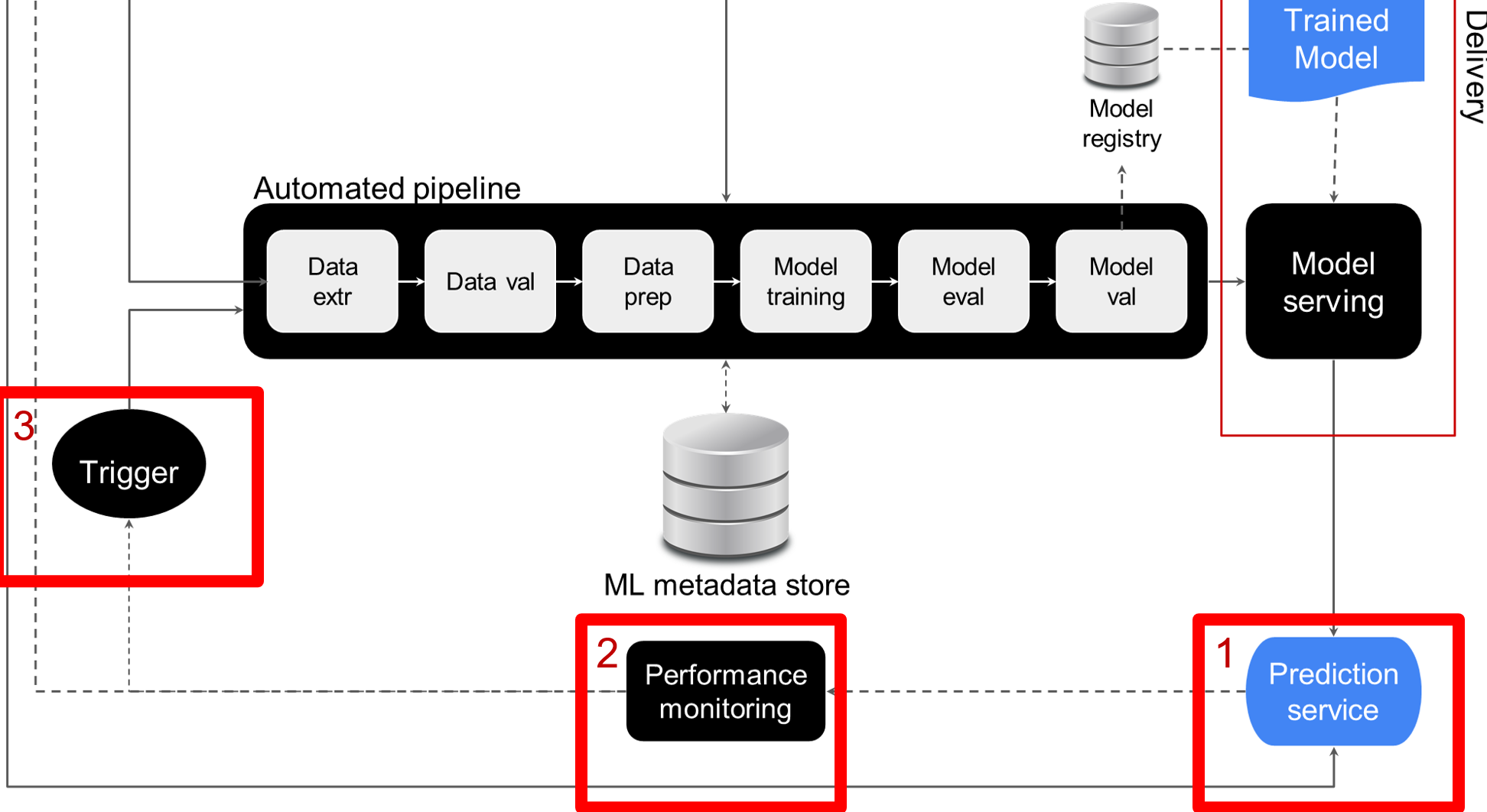
1. Automated model retraining - Automated pipeline
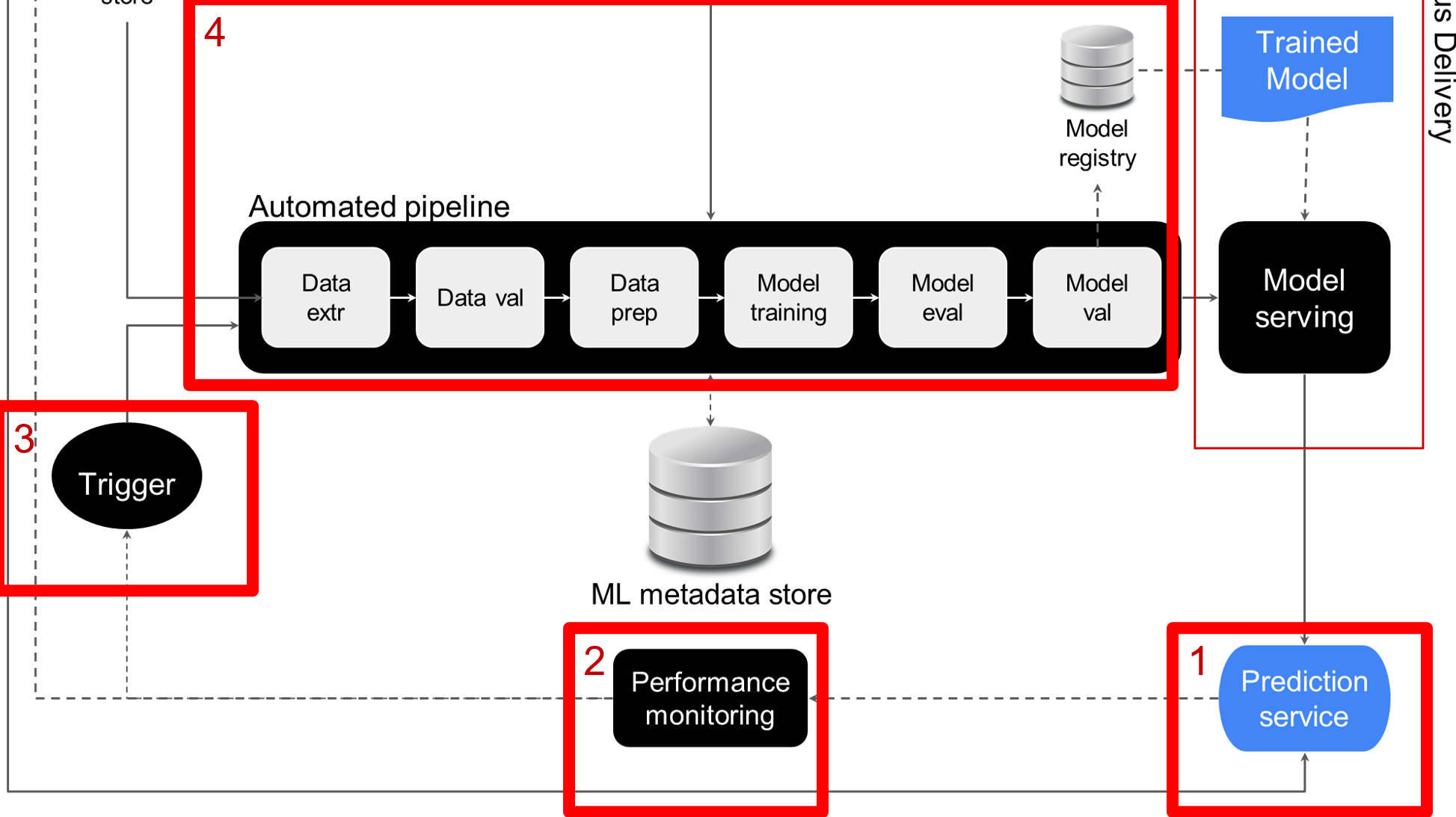
1. Automated model retraining - Deployment
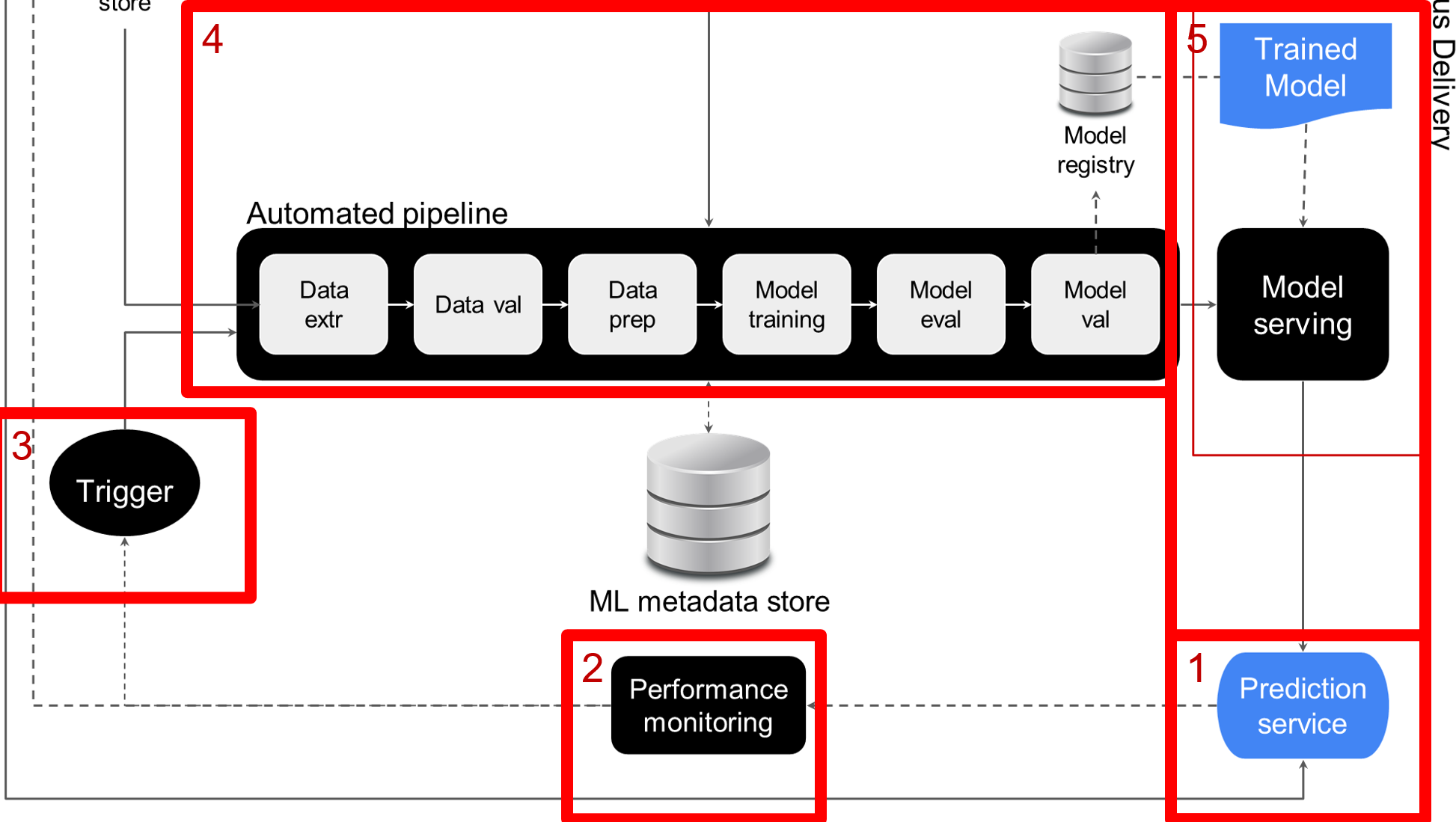
2. Model rollback

2. Model rollback - Validation fail
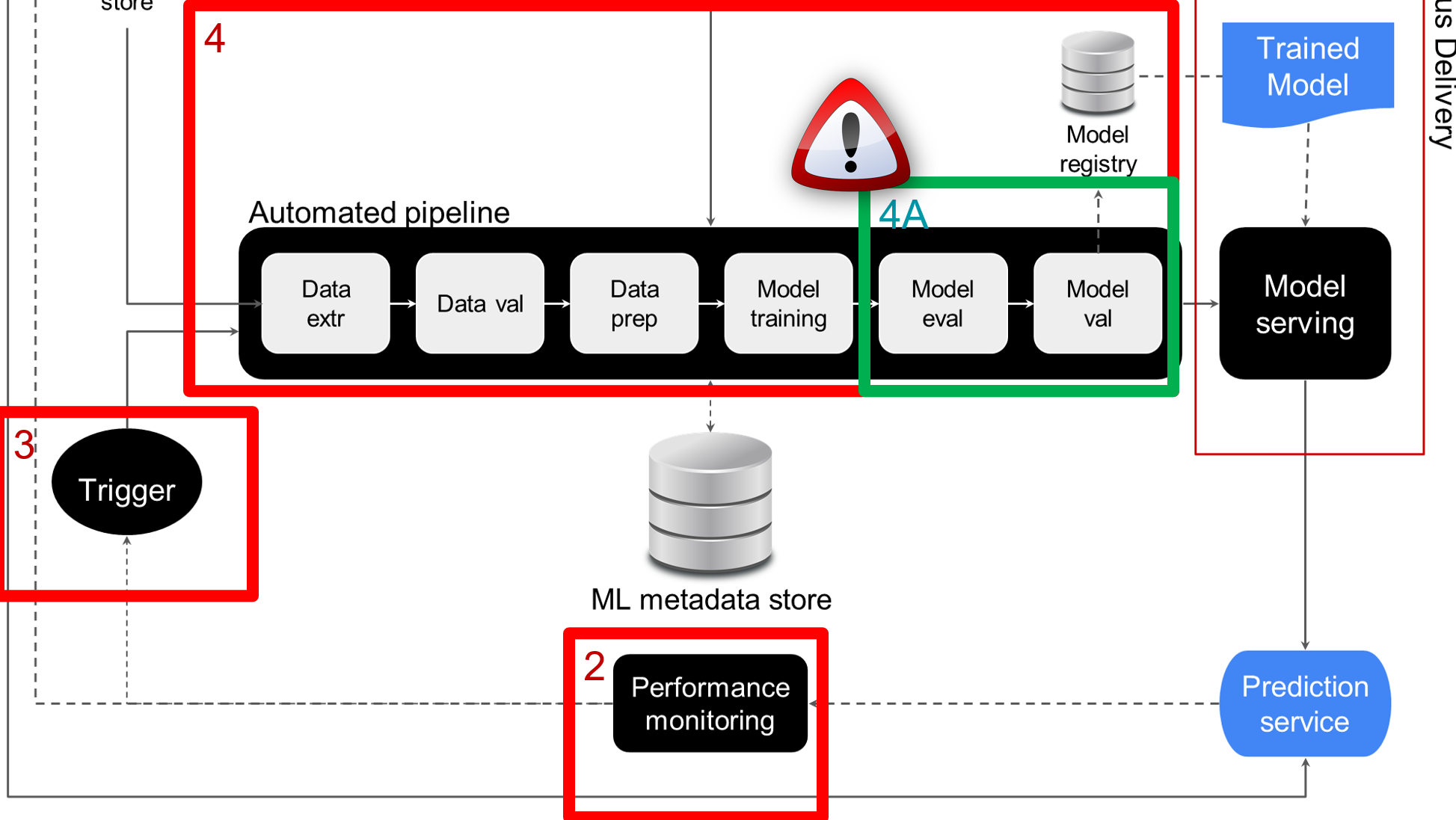
2. Model rollback - Last functional model
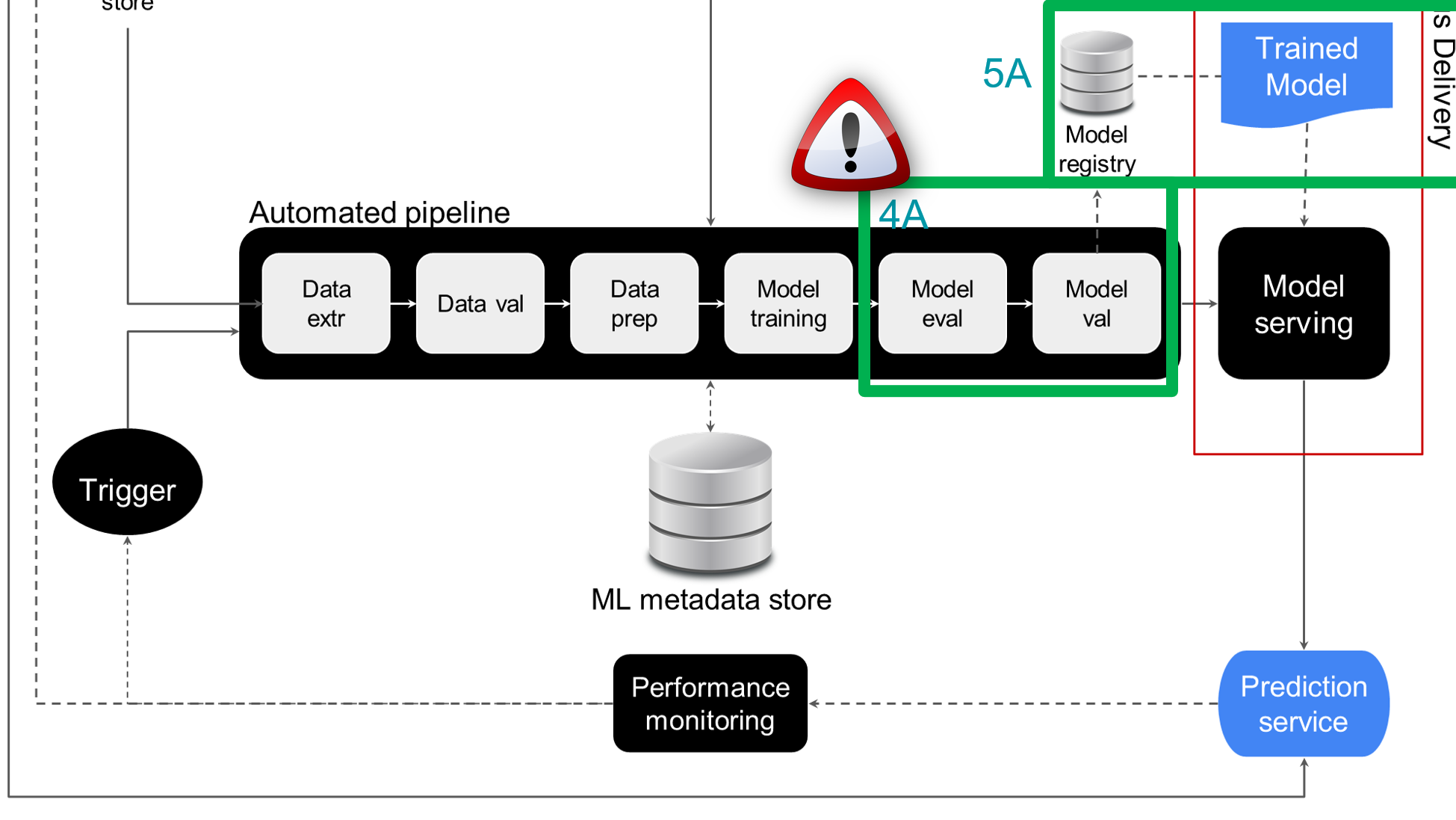
2. Model rollback - Redeployment
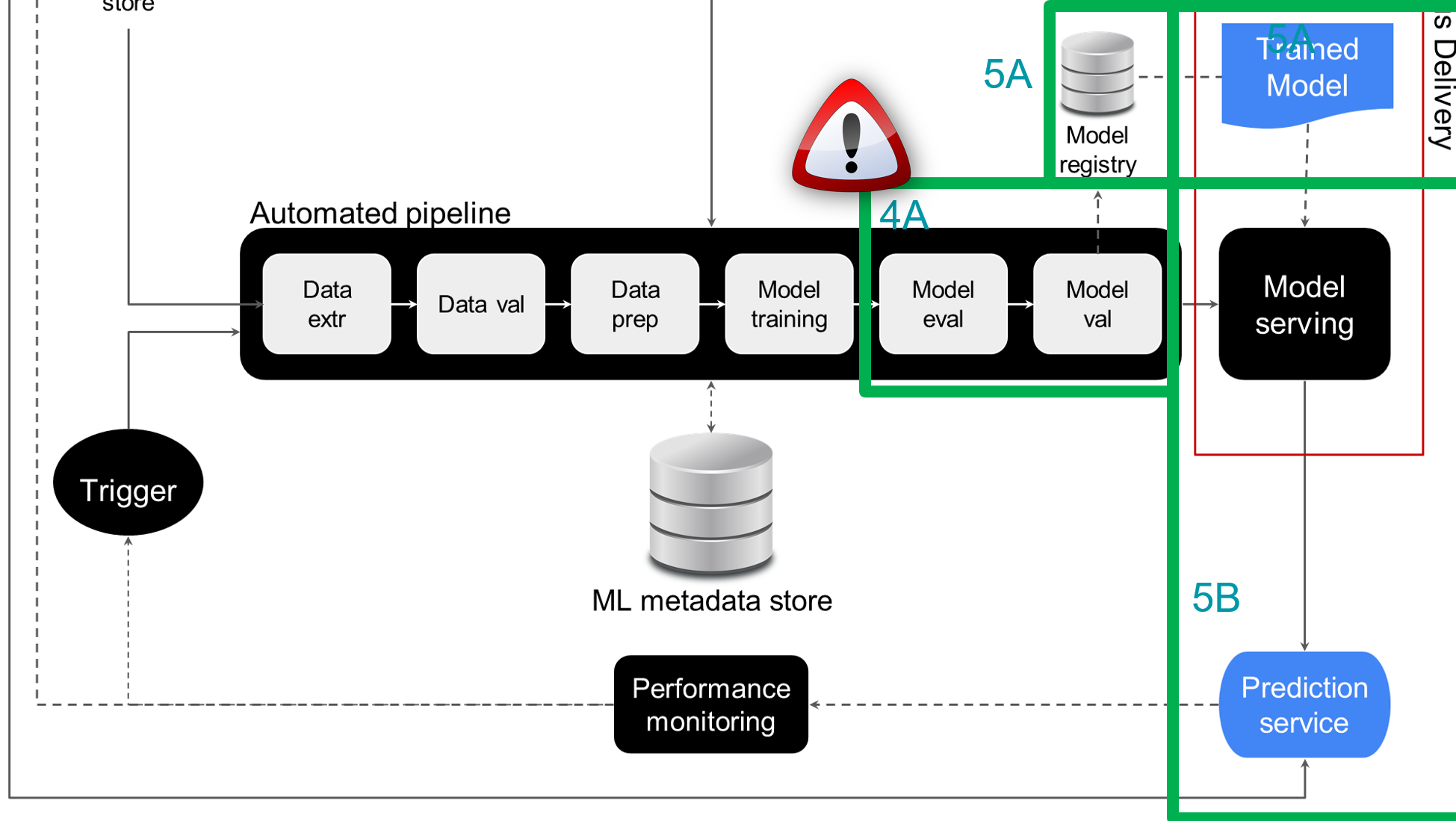
3. Feature imputation - Data intensive pipeline
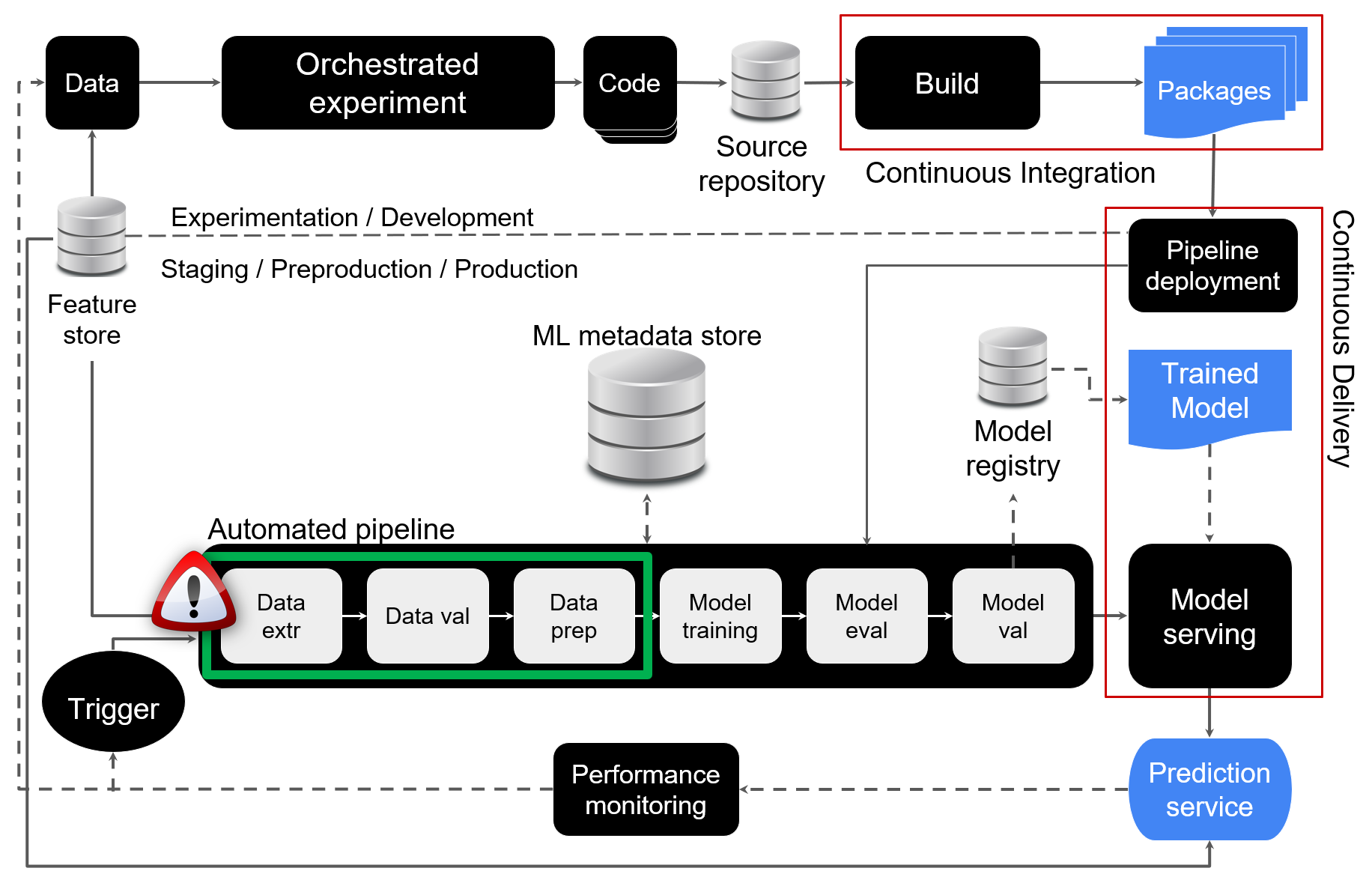
3. Feature imputation - Data quality
$$
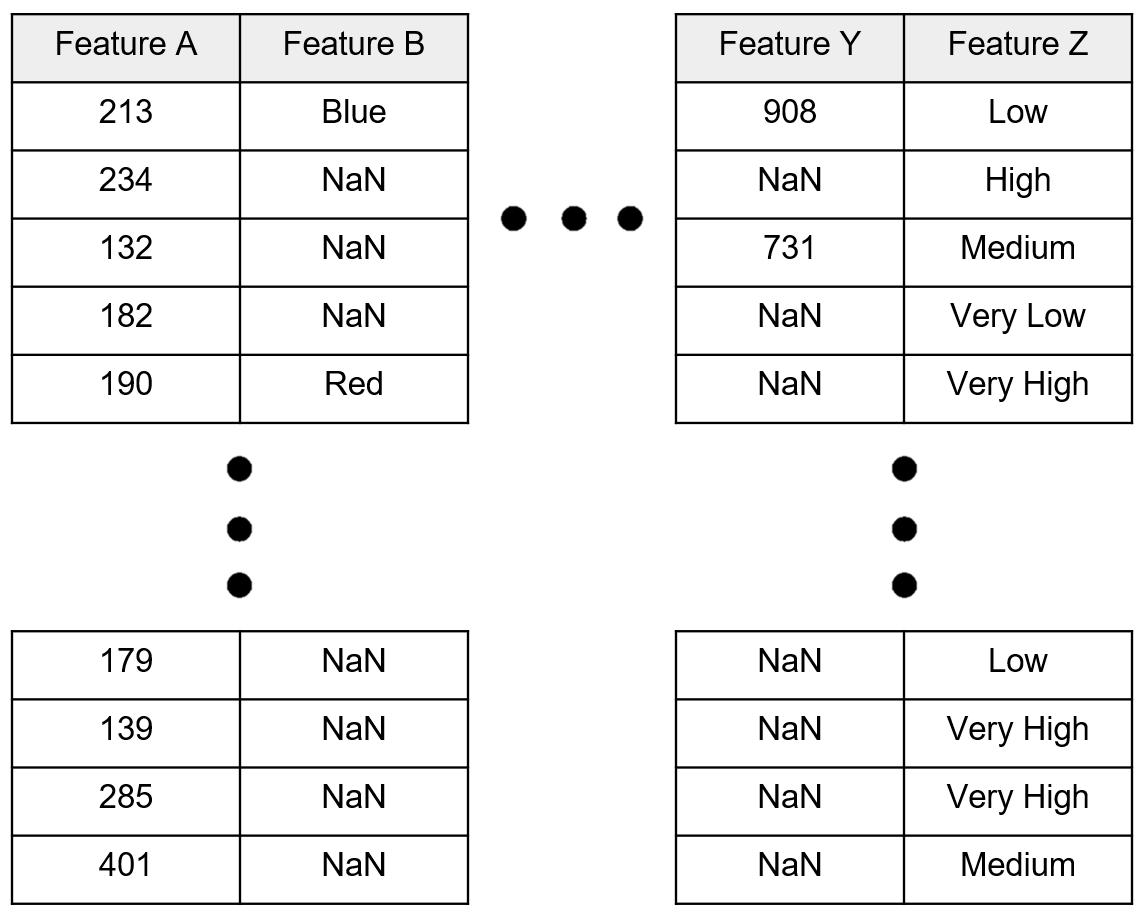
$$
- Varying levels of data quality
- Some features might fall below a QA threshold
3. Feature imputation - Defective features
$$
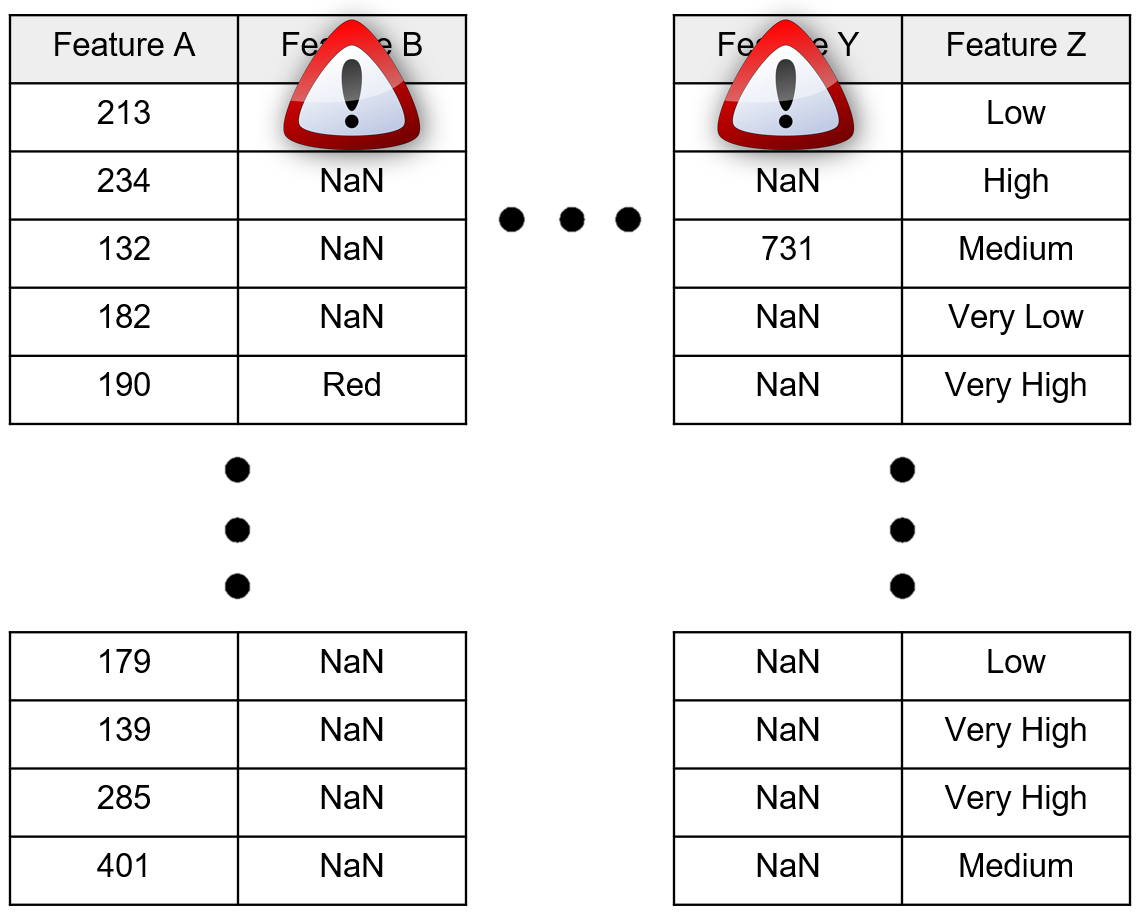
$$
- Detect failing features
- Apply feature imputation
3. Feature imputation - Potential fixes
Numerical Values
$$
Mean/Median Imputation
KNN Imputation
$$
Categorical Values
$$
Frequent Category Imputation
Adding a "Missing" Category
Let's practice!
Fully Automated MLOps

